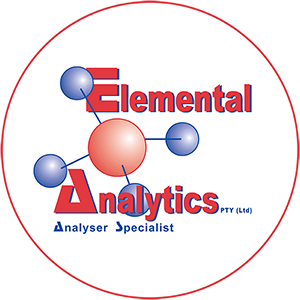Analysers Filter
In signal processing, people use analyzer filters to measure and analyze the frequency response of a system. Audio and music producers commonly use it to enhance sound quality. The analyzer filter comprises an input section, a filter section, and an output section. The signal to be analyzed enters the input section, while the filter section separates it into different frequency bands for performing the actual analysis. The output section then displays the results of the analysis in a visual format, such as a spectrum analyzer.
One of the most common uses of an analyzer filter is in the equalization of audio signals. By analyzing the frequency response of a sound system, engineers can identify problem frequencies and use the analyzer filter to adjust the equalization settings accordingly. This can result in a clearer, more balanced sound that is free from unwanted resonances or other distortions.
Another application of analyzer filters is in the field of vibration analysis.
By measuring the vibrations of a mechanical system, engineers can use the analyzer filter to determine the frequency response of the system and identify any resonant frequencies that may be causing problems. We can use this information to design solutions that reduce or eliminate these vibrations.
In the field of telecommunications, analysts commonly use analyzer filters to analyze and filter the frequency spectrum of signals. This allows engineers to identify and eliminate interference from other signals, resulting in clearer, more reliable communication.
Overall, analyzer filters are a powerful tool in signal processing that can be used to analyze and improve the performance of a wide range of systems. Whether used in audio production, vibration analysis, or telecommunications, these filters are an essential component of modern signal processing technology.
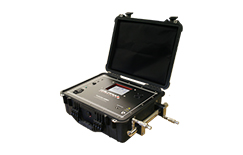
Applied Analytics OMA Process Analyzer -OMA-206P
Applied Analytics OMA Process Analyzer -OMA-206P details: The portable version of the OMA Process Analyzer is housed in an ultra-rugged suitcase enclosure. As such you
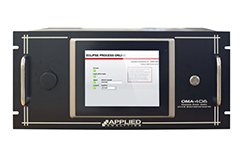
Applied Analytics OMA Process Analyzer -OMA-406P
Applied Analytics OMA Process Analyzer -OMA-406P details: The OMA Process Analyzer continuously measures chemical concentrations and physical properties. All of which can be correlated from
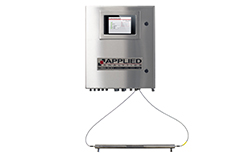
Applied Analytics OMA Process Analyzer -OMA-300 Standard
Applied Analytics OMA Process Analyzer -OMA-300 Standard details: The OMA Process Analyzer continuously measures chemical concentrations and physical properties that can be correlated from 200-800nm
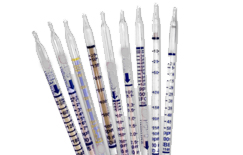
Kitagawa H2O2
Kitagawa H202 details: Gas Detector tubes-Kitagawa offers more than 300 types of detector tubes to detect a wide range of gases and vapours. Additionally it
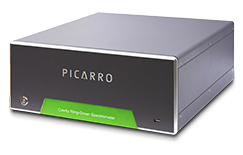
Picarro G2114
Picarro G2114 details: Trace gas analyser-The Picarro G2114 gas concentration analyzer is the ideal solution for ensuring the safety and efficiency of whole-room decontamination technologies
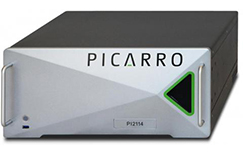
Picarro PI2114
Picarro PI2114 details: Trace gas analyser-The Picarro PI2114 gas concentration analyzer measures hydrogen peroxide (H2O2) levels as low as 3 parts-per-billion (ppb) to help avoid
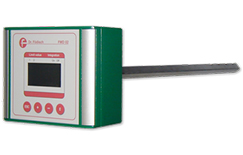
Dr Foedisch FMD 02
Dr Foedisch FMD 02 details: Flow Measurement-Continuous in?situ measurement of velocity and temperature of gas flows in pipelines. The use of the measuring principle of
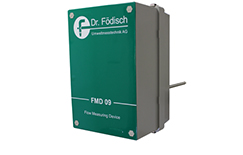
Dr Foedisch FMD 09
Dr Foedisch FMD 09 details: Flow Measurement-Continuous in?situ measurement of velocity, temperature and absolute pressure of gas flows in pipelines. The use of the measuring
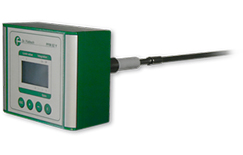
Dr Foedisch PFM 02 V
Dr Foedisch PFM 02 V details: Dust Measurement-Continuous, tribo-electric monitoring of dust concentration in exhaust gas. The PFM 02 V is a highly sensitive system
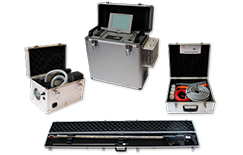
Dr Foedisch GMD 12
Dr Foedisch GMD 12 details: Dust Measurement-Compact and high-grade automated system for isokinetic gravimetric dust measurement in exhaust ducts and stacks. The gravimetric measuring device
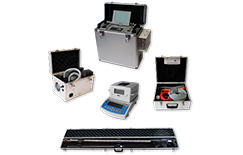
Dr Foedisch GMD 13
Dr Foedisch GMD 13 details: Dust Measurement-Compact and high-grade automated system for isokinetic gravimetric dust measurement? sampling and weighing in one system on site. As


